Unlocking creative potential can feel like an elusive challenge, especially when you’re just starting out. However, with the right strategies and techniques, anyone can develop a knack for creativity. Whether you’re an aspiring artist, entrepreneur, or simply someone looking to break free from creative blocks, this guide offers a wealth of insights and methods tailored to beginners. From mastering the fundamentals of sketching to exploring innovative design techniques, we’ll delve into proven approaches that will help you unlock your creative potential. By experimenting with new tools, embracing failure as a learning tool, and drawing inspiration from diverse sources, you’ll discover a world of possibilities that were previously beyond your reach. Let’s embark on this journey together, where every step brings you closer to harnessing your creativity and turning your ideas into reality.
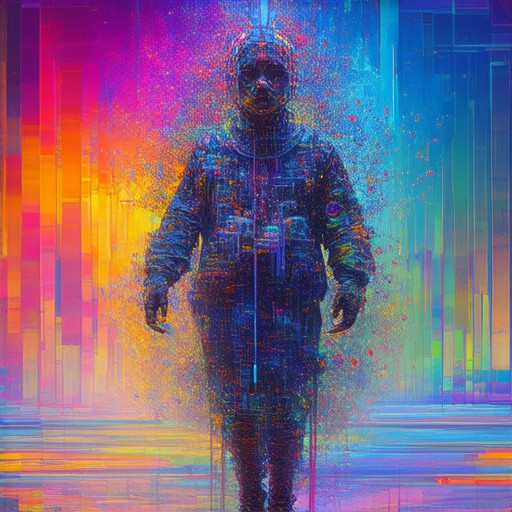
What Are the 5 P’s of Creativity?
The 5 P’s of creativity are essential components that foster innovation and inspire creative thinking. Here they are:
- Perception : This involves how you interpret and view the world around you. A unique perspective can unlock fresh ideas and approaches.
- Practice : Regularly engaging in creative activities sharpens your skills and enhances your ability to think creatively.
- Persistence : Creativity often requires trial and error. Staying committed despite challenges is crucial for breakthroughs.
- Passion : An enthusiastic attitude towards your work can fuel creativity, making it easier to explore new ideas.
- Playfulness : Approaching creativity with a sense of fun and experimentation can lead to more imaginative solutions and ideas.
These elements work together to nurture a creative mindset, enabling individuals to approach problems with fresh perspectives and innovative solutions.
What Are the 7 Cs of Creativity?
The 7 Cs of Creativity are a framework used to understand and foster creativity in various fields. Here’s a breakdown of each component:
- Creators : These are individuals who possess the unique ability to generate innovative ideas and solutions. They often exhibit traits like curiosity, imagination, and a willingness to explore new possibilities.
- Creating : This refers to the actual process of generating creative outcomes. It involves brainstorming, experimentation, and the application of creative skills to solve problems or create something new.
- Collaborations : Creativity thrives in collaborative environments. Working with others can lead to diverse perspectives and fresh ideas, resulting in more innovative outcomes.
- Context : The environment in which creativity occurs plays a crucial role. Factors like culture, resources, and incentives can either nurture or hinder creative thinking.
- Creations : The end result of creativity, these can be products, services, or ideas that bring value to society or an organization.
- Critics : Constructive criticism helps refine ideas and provides feedback that can enhance the quality of creative work. It’s essential for growth and improvement.
- Communication : Sharing ideas and articulating them clearly is key to spreading creativity and inspiring others. Effective communication channels help bridge gaps between creators and audiences.
By understanding and leveraging these elements, individuals and organizations can unlock their full potential and drive innovation.
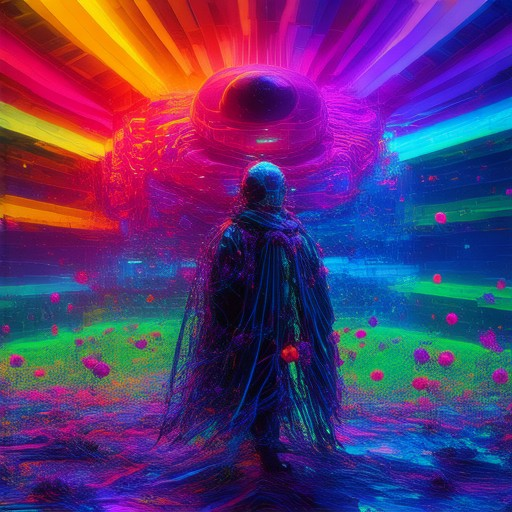
The 5 A’s of Creativity
Creativity is often thought of in terms of processes, products, and environments, but it can also be broken down into key components that define its essence. One effective framework for understanding creativity is the “5 A’s” model, which provides a comprehensive approach to fostering innovation and artistic expression. These five elements work together to create a holistic view of creativity, helping individuals and organizations unlock their potential.
1. Actor
The actor in the 5 A’s represents the individual or group responsible for creating something new. This could be an artist, designer, writer, or any creative professional. The actor’s background, experiences, and unique perspective play a crucial role in shaping the final outcome. For instance, an artist’s cultural heritage might influence their style, while a writer’s personal struggles could inspire deeply emotional narratives.
2. Action
Action refers to the actual process of creating. This involves the steps, techniques, and methods used to bring ideas to life. Action is the physical and mental effort that transforms concepts into tangible forms. Whether it’s painting, sculpting, coding, or brainstorming, action is where creativity meets execution. It’s the bridge between inspiration and realization.
3. Artifact
An artifact in this context is the tangible result of the creative process. It could be a painting, a sculpture, a book, or even a digital file. The artifact serves as a concrete representation of the creativity involved. It’s through these artifacts that others can engage with the creator’s vision and be inspired themselves. Sharing these artifacts, whether digitally or physically, fosters collaboration and feedback.
4. Audience
The audience is the intended recipient of the creative output. Understanding who your audience is and what they need helps shape your creativity. For example, a children’s book author writes with age-appropriate language and simple stories, while a fine artist might explore abstract concepts that resonate with a more mature viewer. Knowing your audience ensures your creativity is purposeful and impactful.
5. Affordance
Affordance refers to the opportunities available for creativity. This includes access to resources, tools, and environments that facilitate creative expression. An artist working in a bustling urban setting may find inspiration from the energy and diversity of the city, whereas someone in a quiet rural area might draw from the tranquility of nature. Affordances shape the possibilities of what can be created and how.
By focusing on these five aspects—the actor, action, artifact, audience, and affordance—we can approach creativity with a broader perspective. Each element builds upon the others, creating a dynamic ecosystem where creativity thrives. Whether you’re an individual exploring your artistic side or an organization looking to innovate, understanding these five A’s can guide your journey toward greater creativity and success.
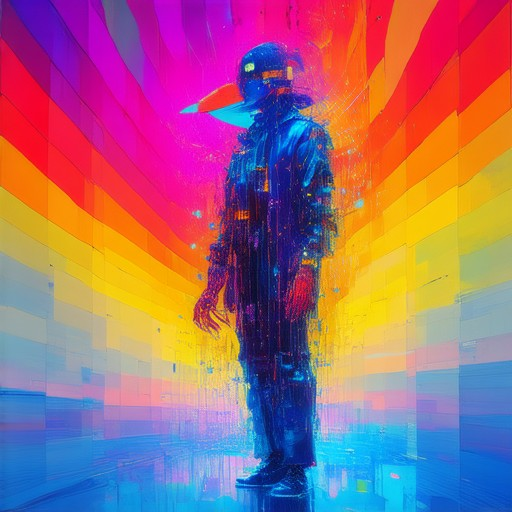
What Are the 4 Types of Creativity?
The concept of creativity can be broken down into distinct types, each offering unique approaches to generating ideas and solutions. Here’s a structured overview:
1. Deliberate and Cognitive
This type involves a logical, step-by-step approach to creativity. It’s often utilized in fields like engineering and mathematics. Key characteristics include:
- Systematic thinking
- Logical reasoning
- Structured problem-solving
- Focus on functionality
Examples include designing a new machine part or developing a strategic business plan.
2. Deliberate and Emotional
This type integrates emotional intelligence and intuition into the creative process. It’s common in arts and humanities. Key traits include:
- Emotional resonance
- Intuitive thinking
- Expression of personal feelings
- Focus on aesthetics
Examples include composing music or painting a landscape that evokes strong emotions.
3. Spontaneous and Cognitive
This type arises from sudden insights and innovative ideas. It’s often seen in scientific discoveries and breakthroughs. Characteristics:
- Surprise element
- Unpredictable outcomes
- Quick, intuitive decisions
- Focus on originality
Examples include Einstein’s theory of relativity or Apple’s iPhone launch.
4. Spontaneous and Emotional
This type combines intuition and emotion, often leading to unconventional ideas. It’s prevalent in creative industries like fashion and advertising. Traits:
- Emotional drive
- Unconventional thinking
- Focus on impact
- Expression of passion
Examples include campaigns that resonate deeply with audiences, like Coca-Cola’s “Share a Coke” campaign.
By understanding these types, individuals can tailor their approach to suit their goals, whether in personal projects or professional settings.
The Four Cs of Creativity
The Four Cs of Creativity provide a comprehensive framework for understanding and developing creativity. These components work synergistically to enhance innovation and problem-solving abilities. Here’s an overview of each:
- Creativity : The ability to generate novel ideas and approaches to problems. It involves thinking outside the box and exploring unconventional solutions.
- Criticism : Constructive criticism is essential for refining ideas and improving creativity. It involves evaluating and refining concepts to achieve the best possible outcomes.
- Curiosity : An insatiable desire to explore and learn. Curiosity drives individuals to investigate new ideas and approaches, fueling creativity.
- Confidence : Belief in one’s abilities and the courage to express creative ideas. Confidence allows individuals to take risks and pursue innovative solutions without fear of failure.
By mastering these four elements, individuals can unlock their full potential and contribute meaningfully to their fields.
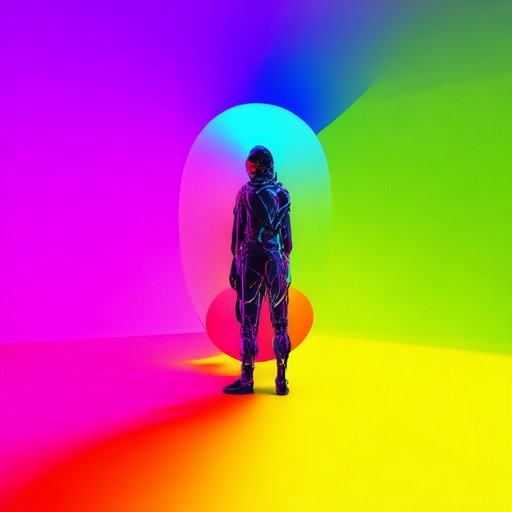
The Four P’s of Creativity
The Four P’s of Creativity are a framework used to understand and enhance the creative process. They consist of:
- Process : This refers to the methods and techniques employed to generate ideas. Techniques such as brainstorming, mind mapping, and lateral thinking are common approaches to stimulate creativity.
- Perspective : This involves the ability to view situations from different angles, often requiring a shift in mindset. It includes considering diverse viewpoints and cultural influences that can inspire innovative solutions.
- Passion : This is the driving force behind creativity, often rooted in a deep enthusiasm or dedication to a particular field. It encompasses the intrinsic motivation that fuels persistent exploration and experimentation.
- Practice : This involves the consistent application and refinement of creative skills. Engaging in regular creative activities, whether through art, music, or design, helps develop expertise and enhances problem-solving abilities.
By understanding and applying these four elements, individuals can unlock their creative potential and approach challenges with greater effectiveness.
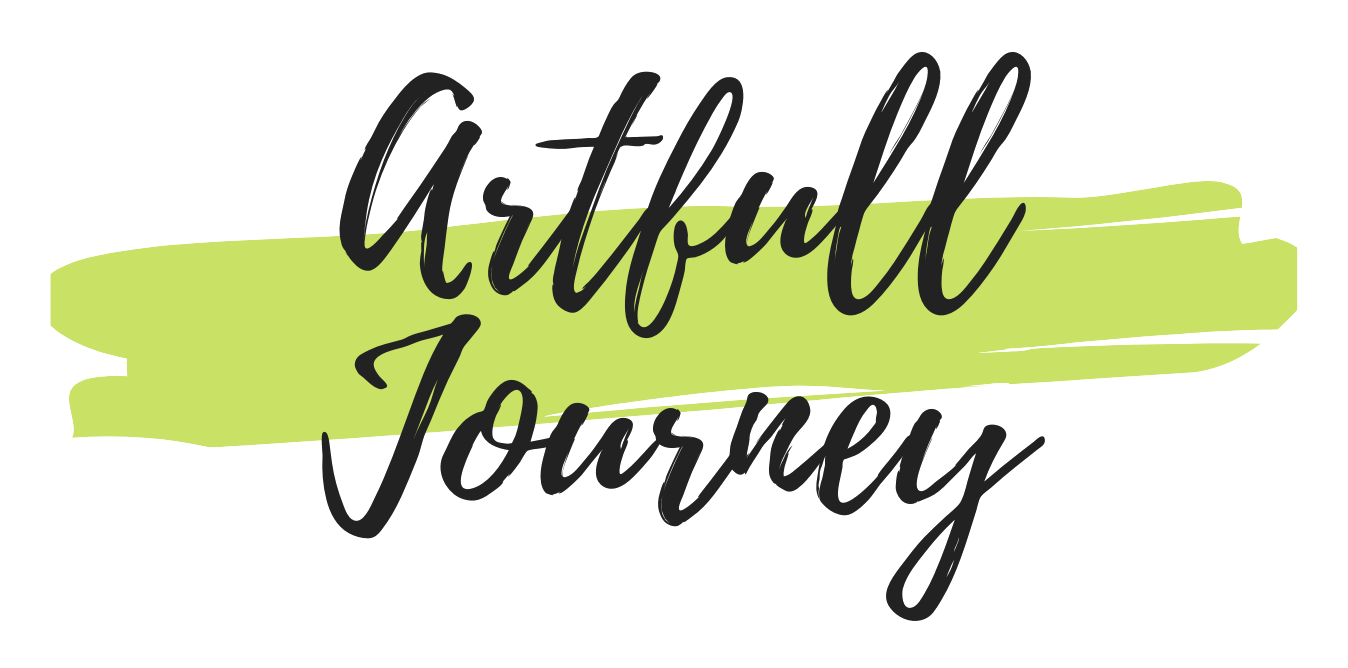



0 Comments